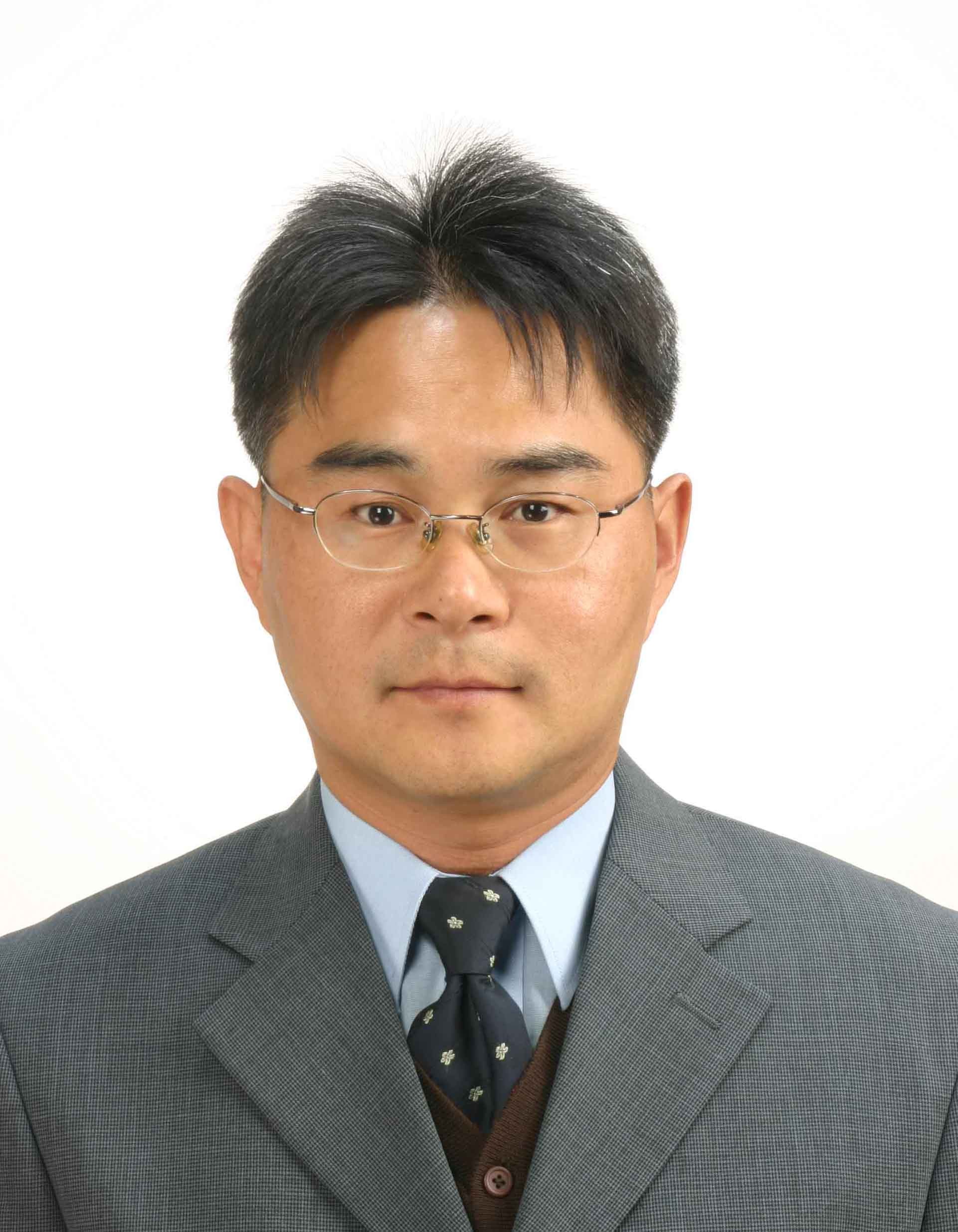
Prof. Lee-Hyung Kim
Department of Civil & Environmental Engineering, Kongju National UniversitySpeech Title: Impact of Emerging Pollutants on Aquatic Ecosystem Health and Management Strategies
Abstract: The intensification of land use in watersheds due to industrial development and urbanization has increased the environmental discharge of various emerging pollutants including pharmaceuticals and personal care products (PPCPs), endocrine disrupting compounds (EDCs), per- and polyfluoroalkyl substances (PFAS), and microplastics. These substances are not completely removed by conventional water treatment processes and continuously accumulate in the environment. Temperature rise and increased frequency of extreme rainfall due to climate change are altering the fate and ecotoxicity of these pollutants, threatening aquatic ecosystem health. Microplastics were detected at concentrations of 24 particles/L in stormwater runoff and 3.52 particles/L in wastewater. Korean freshwater fish studies revealed 4-48 particles per fish in intestines and 1-16 particles per fish in gills, indicating severe bioaccumulation levels. Korea's annual mean temperature has risen approximately 1.5°C since 1920, with increasing frequency of heavy rainfall intensifying runoff from non-point sources. Emerging pollutants cause endocrine disruption, immune system suppression, and reproductive impairment in fish. Microplastics induce gill inflammation, gastrointestinal blockage, and liver and kidney dysfunction, while transporting adsorbed toxic substances into organisms, resulting in complex toxicity. Nature-based Solutions (NbS) are crucial for addressing these issues. Secondary treatment of wastewater treatment plants through constructed wetlands, urban water circulation through Low Impact Development (LID) techniques, and floodplain restoration are effective approaches. The Taebaek City non-point source pollution reduction facility achieved removal efficiencies of 37.1% for total nitrogen and 62.8% for total phosphorus, while LID facilities demonstrated 93-98% microplastic reduction effectiveness. NbS also provide multiple benefits including carbon sequestration, flood control, and biodiversity enhancement.In conclusion, comprehensive approaches encompassing pollution source management, NbS application, and climate change adaptation from a watershed integrated management perspective can protect aquatic ecosystem health from emerging pollutants and establish sustainable water environments.
ACKNOWLEDGEMENTS: This research was conducted as part of KEITI's Wetland Ecosystem Value Enhancement Technology Development Project, for which we express our gratitude.
REFERENCES
Haque, M.T., Geronimo, F.K., Robles, M.E., Vispo, C., and Kim, L.H.(2025). Yourname, A. A., Hisname, B. B., and Theirnames, C. C., (2023). Comparative evaluation of the carbon storage capacities in urban stormwater nature-based technologies, Ecological Engineering, 212, pp. 1-7.
Oh, Y., Robles, M.E., Vispo, C., Jeon, M., and Kim, L.H. (2024). Exploring Research Trends on Antibiotic Pollution Control in Constructed Wetlands through a Bibliometric Analysis and Comprehensive Review, Journal of Wetlands Research, 26(4), pp.511-52.
Biography: Prof. Lee-Hyung Kim received his Bachelor's degree (1994) and Master's degree (1996) from Korea University, and was received his Ph.D. in Environmental Engineering from UCLA, USA (2002). He has been a professor at Kongju National University in Korea since 2003, and currently serves as President of the Korean Wetlands Society, a member of the IWA DPSG Committee, and Chair of the Executive Committee for UNESCO-iWSSM. His research laboratory focuses on water environment and environmental ecological engineering within the broader field of environmental engineering. The primary research areas include improving water quality through nonpoint source pollution management and developing technologies based on Nature-based Solutions (NbS), such as Low Impact Development (LID) and Green Infrastructure. His lab is conducting research to address various environmental issues—such as algal blooms, soil erosion, nonpoint source pollution, urban heat island effects, and urban flooding—caused by land use changes and climate change in watersheds, by establishing sustainable water circulation systems. In addition, the lab is actively developing carbon absorption and storage technologies using nature-based solutions such as constructed wetlands, ecological detention basins, and rain gardens. He has published approximately 250 academic papers in journals and holds 31 patents.
